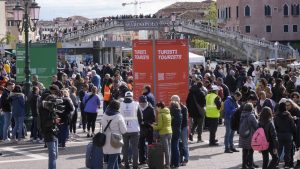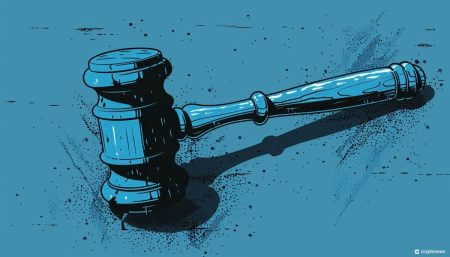Avraham Eisenberg, also known as the Mango Markets hacker, was found guilty in a Manhattan federal court for orchestrating a scheme that resulted in the theft of approximately $110 million from the Solana-based DeFi platform. Prosecutors argued that Eisenberg manipulated the platform to exploit it, resulting in substantial financial losses. Eisenberg, who has been in custody since January 2023, could face up to 20 years in prison for his crimes. The federal jury found him guilty of commodities fraud, commodities manipulation, and wire fraud in connection with the exploit involving Mango Markets’ native token, $MNGO.
The trial of Avraham Eisenberg began on April 9 and lasted over a week, culminating in his guilty verdict on charges of commodities fraud, commodities manipulation, and wire fraud. Eisenberg was arrested in December 2022 in Puerto Rico, where prosecutors charged him with various financial crimes related to the Mango Markets exploit. His legal defense argued that he had not committed any criminal acts but instead engaged in a successful and legal trading strategy that resulted in significant gains. However, prosecutors contended that Eisenberg had to lie to withdraw funds from Mango Markets, indicating fraudulent intent.
Eisenberg’s lawyer asserted that his client followed Mango Markets’ smart contracts and withdrew his own capital without borrowing any funds. He also claimed that Eisenberg returned $67 million worth of cryptocurrency to Mango Markets following the exploit and maintained that he had legally obtained the remaining funds. Despite the disappointment of the guilty verdict, Eisenberg’s legal team expressed their intention to continue fighting for their client by filing post-trial motions. The legal battle surrounding the Mango Markets exploit continues as Eisenberg faces sentencing with a potential maximum sentence of 20 years in prison.
Mango Markets was the victim of an attack on October 11, 2022, during which approximately $110 million was stolen from its treasury. Avraham Eisenberg later admitted to orchestrating the exploit, claiming it was a highly profitable trading strategy conducted within legal bounds and the protocol’s intended design. Prosecutors alleged that Eisenberg utilized two accounts for manipulative trading involving futures contracts tied to the values of Mango’s token MNGO and the stablecoin USD Coin, resulting in a significant financial gain. Eisenberg agreed to return $67 million in cryptocurrency after the exploit came to light.
The Commodity Futures Trading Commission (CFTC) charged Avraham Eisenberg with market manipulation related to the Mango Markets exploit. Additionally, the U.S. Securities and Exchange Commission (SEC) filed charges against Eisenberg for violations of anti-fraud and market manipulation provisions of U.S. securities laws. Eisenberg, described as a notorious online personality with a history of attacking cryptocurrency platforms, faces a potential maximum sentence of 20 years in prison. The case against Eisenberg highlights the increasing scrutiny and enforcement actions within the cryptocurrency industry, as seen in the recent sentencing of Sam Bankman-Fried for embezzling $8 billion from customers.
















